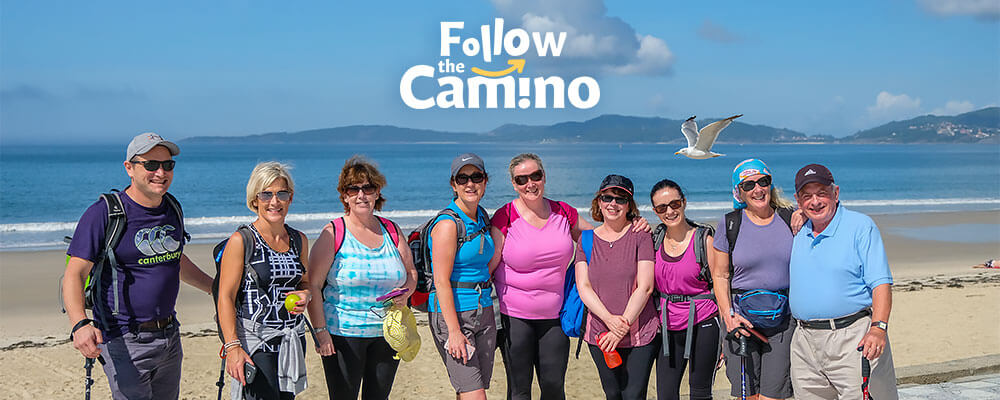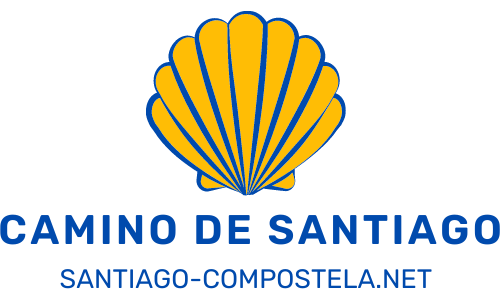The Via de la Plata is the longest of the pilgrim routes in Spain, starting from Seville in Andalucia, and running northwards through the provinces of Extremadura and Castilla y Leon to Salamanca and Zamora.
Guided and Self-Guided Tours

Walking or cycling the Via de la Plata through an organized tour is possible. We recommend contacting our trusted partner, Follow the Camino, to assist you in planning your Camino.
Follow the Camino provides customized/flexible itineraries, comfortable private rooms & bathrooms, luggage transfers, 24/7 support, airport transfers, breakfast & dinners, and other add-ons like food & wine tours, excursions, premium accommodation, etc.
History
Although the Via de la Plata (the Silver Route) follows an old Roman road toward the metal mines in northern Spain, its name has nothing to do with silver. The name is most likely derived from the Latin word “platea” meaning wide road or “Lapidata” meaning stone road. Another possible origin is the Arabic word Balatta meaning road.
The route was used well before the Romans as well, in prehistory, this route was used by farmers to move domesticated animals in the summer from the south to the north and vice-versa. Later the route was well known for traders who came to the southern ports of the Iberian Peninsula and traded ceramics and jewelry for raw materials from the north.
The Via de la Plata was used by different migratory groups to invade and in the 8th century, it allowed the Moors to advance into northern Spain and fill up the power vacuum left in the peninsula by the Romans. Later, this same route was used by the Spanish for the Reconquista.
The route was used for pilgrimage during Moorish control as well from the 10th to the 12th centuries. Even the bells from the Santiago cathedral that were relocated to the mosque in Cordoba by Al-Mansur were transferred back to Santiago in the 13th century. But in later centuries fewer pilgrims used this route until its revival in the 1980s.
Today, about 3.5% of the pilgrims walk the Via de la Plata while the Camino Frances remains the most popular route.
Trails
Although the Via de la Plata is not widely used by pilgrims, it is very well-waymarked. The trails will vary from narrow paths to paved roads. There aren’t many uneven and rough terrains and overall it is easier to walk the Via de la Plata in terms of ascents and descents than the Camino Frances. Although Spain is a mountainous country, the Via de la Plata follows the easiest way possible so you will not climb mountain peaks.
Walking along the bigger cities on the way may at times be proved to be more difficult as they are not well waymarked but locals and the tourism offices will be glad to help you out in need.
There are fewer villages in some parts of the Camino so you will need to stock up on essentials more. In some regions of Extremadura you will walk dozens of kilometers without passing through any settlement and summers in the southern part of Spain can be extenuating.
When to go
During early spring you may still find some snow in the highest peaks and most likely you will get a few rainy days which can be very inconvenient in Extremadura, for example, you will have to walk through the mud then.
Most pilgrims plan their pilgrimage so that they arrive in Santiago de Compostela on the 25th of July. Bear in mind that July is an extremely hot month in southern Spain, so take extra measures to ensure that you are at all times hydrated and that you are somehow protected from the sun.
If you plan your pilgrimage in late August, or early September you will be able to profit from the harvest season and the great number of fiestas all along this part of Spain.
Autumn is an excellent time for birdwatching as the Via de la Plata follows a natural migratory corridor and you would be able to watch the birds heading from the north to the south.
Winter is the least popular season for the pilgrimage but if you want to have a solitary experience and if you prepare adequately and research ahead of time which Albergues stay open for winter, it is not a season to be shunned.
Routes
The route starts in Sevilla and goes to the north.
After Zamora, the pilgrim has to make a choice – whether to continue on the Via de la Plata in the same northerly direction to Astorga, and then join up with the Camino Francés to continue to Santiago, or to go directly to Santiago along a route known as the Galician variant or the Camino Sanbrés which turns to the north-west and goes through Ourense to Santiago. Both routes are around 1,000 km in length and can be walked in around 6 weeks. Compared with the Camino Francés, the Via de la Plata has very few pilgrims, yet it still has a good network of refugios, though some of the stages between them are pretty long (over 30 km.)
Via De La Plata
Route
STAGES:
